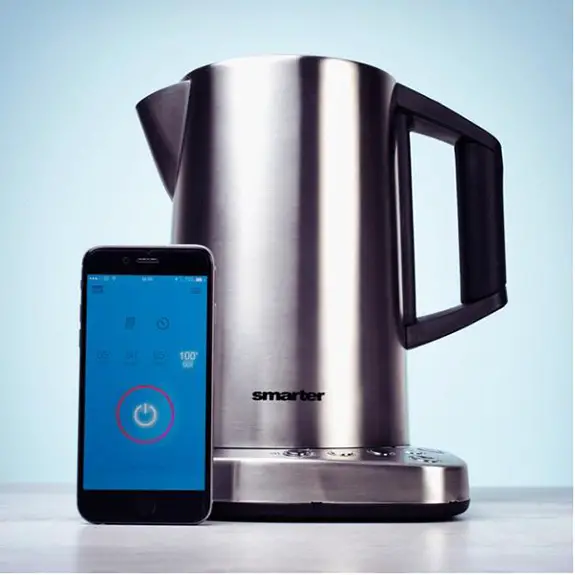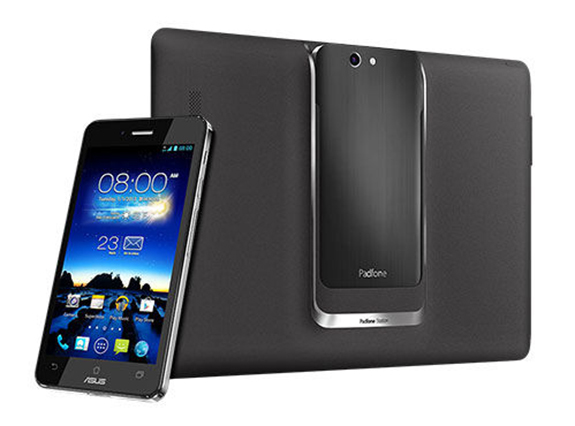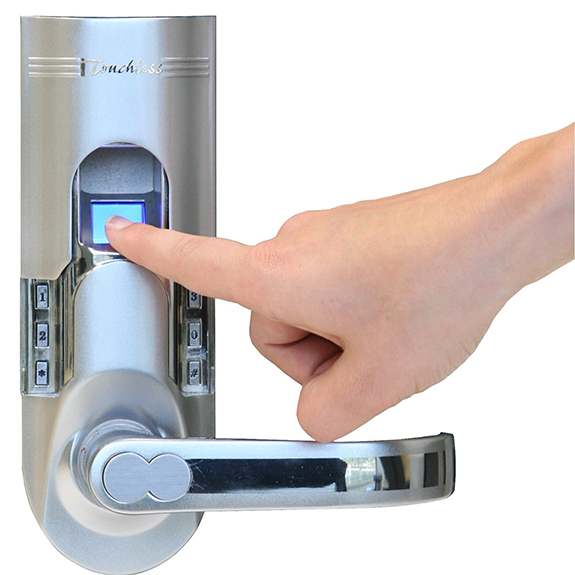
Disability and gadgets: Wi-Fi kettles, what’s not to like
Robert Wemyss is the IT guru at Really Useful Stuff. RUS is delighted to join in with Disability Horizons to offer a monthly roundup of all things tech and gadget. We will take a quick look at new ideas on the horizon as well as great new inventions already on the market that make life easier and a lot more fun.
#DHgurus
Imagine if you wanted to boil your kettle over Wi-Fi… well now you can with iKettle!
 Technology is part of everyone’s life
Technology is part of everyone’s life
More and more, technology is used to support people to be independent and safe in and out of their home.
Imagine if you could turn your lights off by voice or by making a gesture on your phone screen. It’s not about the technology; it’s all about the person using it and the positive impact it has on all those involved.
Mainstream
The best part is that most of this technology is not being developed for disabled people at all – it’s all about mainstream consumers – that means it’s more likely to be affordable. Designers are targeting the mass market so once the early adopter geeks have snapped it up, the price will start to fall.
The future
 Smart homes, stuffed with futuristic appliances that can be controlled remotely, are being heralded as the wave of the future. But they’re also a potential game-changer for disabled and older people.
Smart homes, stuffed with futuristic appliances that can be controlled remotely, are being heralded as the wave of the future. But they’re also a potential game-changer for disabled and older people.
We can already programme our Sky+ planner from an App whilst still on the train home so we never miss our favourite movie. Imagine a home so technologically advanced that when you wake up in the morning a ‘good morning’ button on a remote control by your bed can turn on the kettle, open the curtains, turn on the radio and start the shower, setting it to your preferred temperature.
Windows can be opened by remote control and doors open as you walk towards them – ultimate convenience for everyone and a godsend for someone with arthritis, or recovering from a stroke or any kind of impairment, who can now live independently at home for much longer.
Connecting
Smart Homes use electronic networking technology to integrate the various devices and appliances found in almost all homes, plus building environment systems more common in factories and offices, so that an entire home can be controlled centrally or remotely as a single machine.
This technology offers the prospect of significant improvements in the living standards of older and disabled people who, without automated domestic activities, might otherwise be totally reliant on home care.
Here are a few ideas to show how your home can be made really easy to live in:
- Fingerprint lock The Scan In fingerprint lock replaces the need for a key with the use of your fingerprint instead
- Video entry system so you can see who is at the door – you can get these so they work for someone at a lower height such as a wheelchair user.
- An adapter that turn’s on electrical appliances
- Touch lamps that come on at the slightest touch
- Curtain openers that operate from a remote
- Easy TV remotes
- Easy phones
- Bed occupancy sensor
- Magi plugs anti scald sensors
Accessible castle
The best part about a smart home is that it could lower the cost of healthcare. A simple device can mean the difference between living at home and living in a care home.
Being totally reliant on a caregiver to call round just to put the kettle on or close the curtains robs a person of some basic dignity. But with Wi-Fi and some clever gadgets a persons home can become a very accessible castle!
If you come across something exciting, let us know on #DHgurus or @RUStuff #Inventedithour
Follow Really Useful Stuff @RUStuff
By Robert Wemyss
Check out…
• Disability and gadgets: using technology for accessibility
• Designer limbs: top pimped-up prosthetics
• UltraBikes keep blind cyclists on track
Get in touch by messaging us on Facebook, tweeting us @DHorizons, emailing us at editor@disabilityhorizons.com or leaving your comments below.
